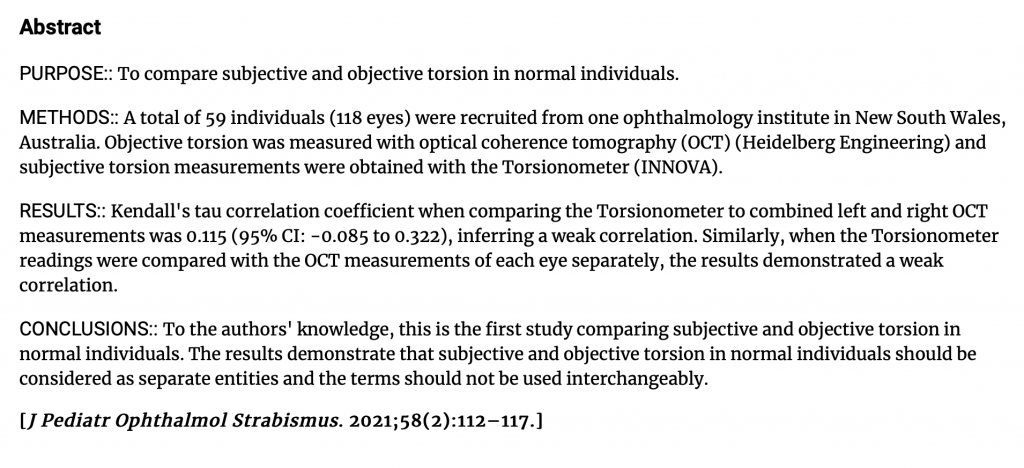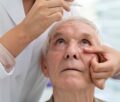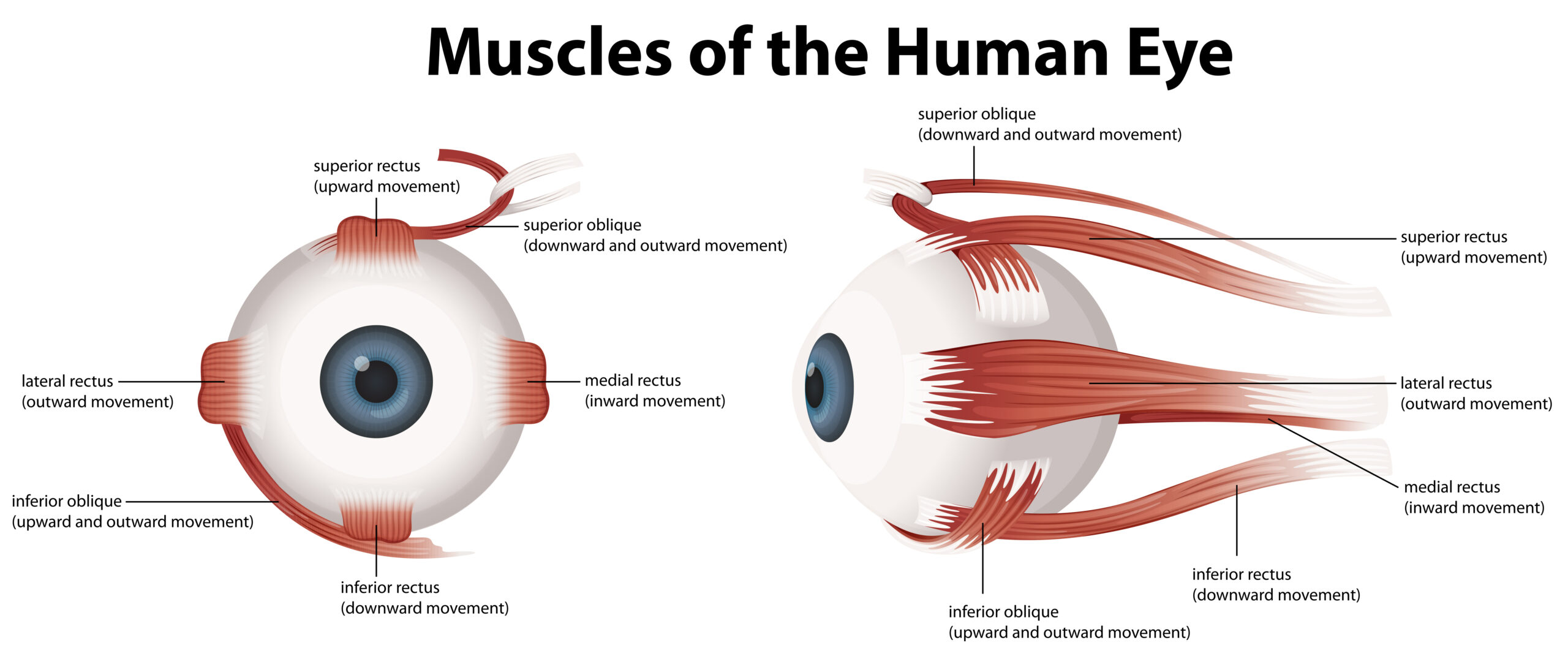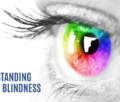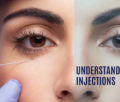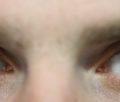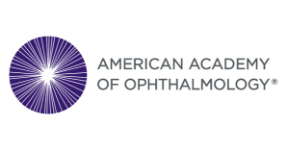Dr Parth Shah and his team have just published a peer-reviewed article in The Journal of Pediatric Ophthalmology & Strabismus, stating that subjective and objective torsion in normal patients should be considered as different entities. Dr Shah contributed to the study with his fellow colleagues Dr Sung Ju Baek, Linden Z. M. Chen and Dr Ross Fitzsimons.
Torsion refers to the twisting of one eye relative to the other. When there is an eye muscle imbalance, this can result in troublesome double vision with one image being twisted compared to the other. However, in normal subjects, the range of normal “torsion” has been based on historical data which is outdated. Dr Shah and his team used new optical coherence tomography (OCT) to further understand and analyse torsion in normal patients without any eye muscle imbalance (strabismus).
“Our purpose was to understand and examine whether or not subjective and objective torsion are similar entities, and conduct a comparative analysis of the results. Although remarkable, we were not astonished by the results, based on our experience over many years,” said Dr Shah.
We conducted this study on 59 individuals i.e. 118 eyes from our large practice of ophthalmology in Canberra, New South Wales, Australia. Torsionometer was used to measure subjective torsion and objective torsion was measured using OCT. When both the readings of each eye were compared, the results demonstrated a weak correlation between the two. This end result helps us in concluding that the subjective and objective torsion in normal patients should be considered as separate entities.
Abnormality in subjective torsion can occur in strabismus/cyclotropia and an abnormality in objective torsion refers to rotation of the retina. Treatment of symptomatic torsion may therefore rely less on objective measurements than we once thought.
Find more details of the study on the site of the Journal of Pediatric Ophthalmology & Strabismus, which is a bimonthly publication – Click here
With an article about our study, you can also find blogs related to eye disorders, treatments, diagnosis, and prevention

